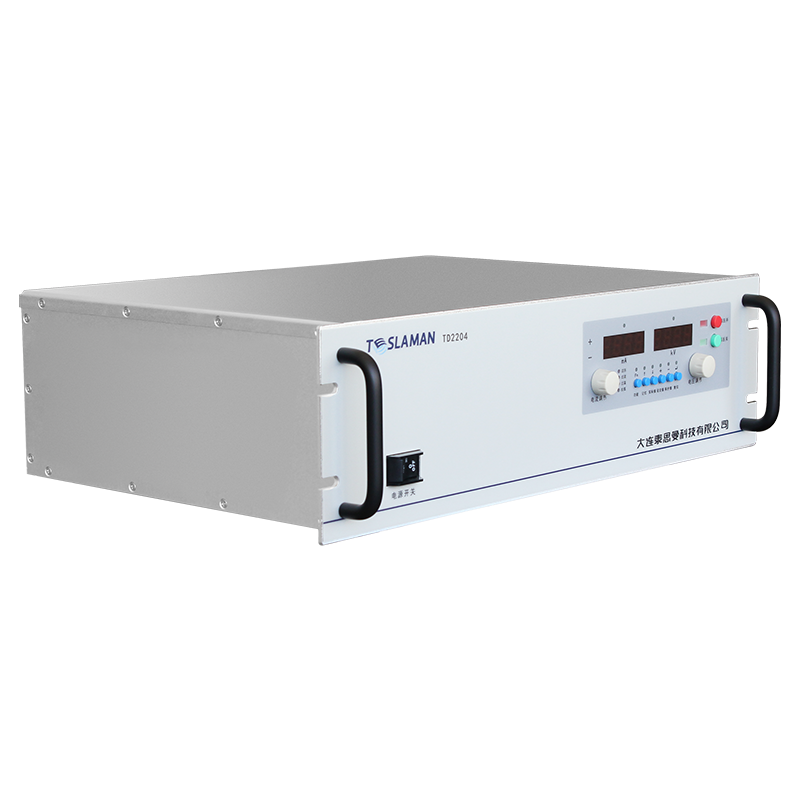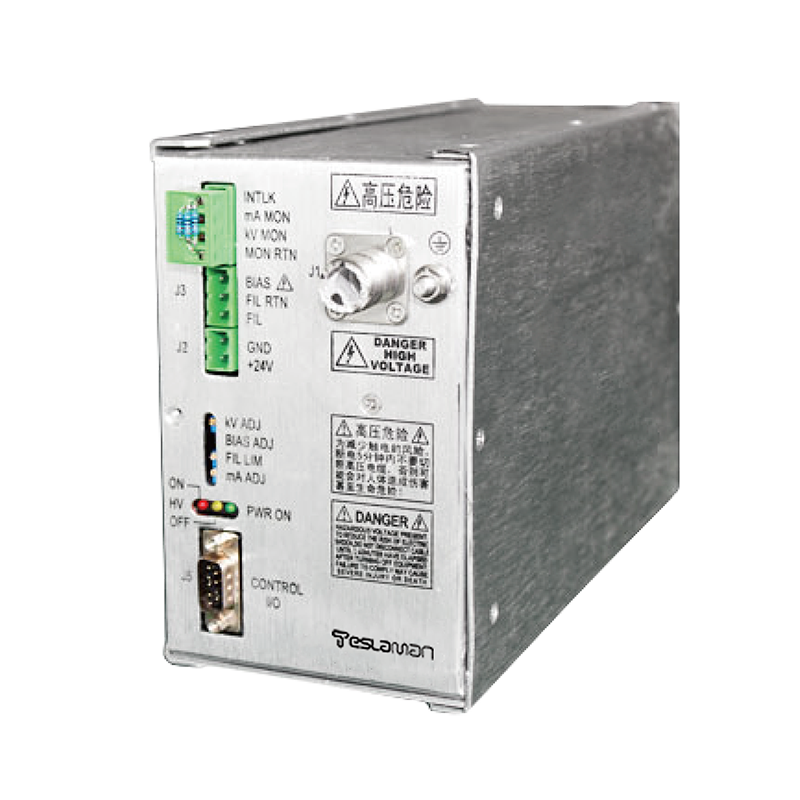High Voltage Insulating Materials for Polarity Switchable High Voltage Power Supplies
In the cutting edge fields of modern science and technology, polarity switchable high voltage power supplies, due to their ability to flexibly change the polarity of the output voltage, are widely used in many complex scenarios with strict requirements for power supply performance, such as particle acceleration, electrostatic precipitation, and corona discharge. In such high voltage power supply systems, high voltage insulating materials play a crucial role, and their performance is directly related to the stability, reliability, and overall operating efficiency of the power supply.
When a polarity switchable high voltage power supply is working, the output voltage not only has a high amplitude but also changes its polarity frequently, which puts extremely special and strict requirements on insulating materials. Firstly, the insulating material must have excellent electrical insulation performance, be able to withstand the electric field strength under high voltage, effectively prevent current leakage, and prevent short circuit failures caused by insulation failure. Secondly, the material should be able to adapt to the rapid switching of the voltage polarity and still maintain stable insulation characteristics during the polarity change, avoiding a decline in insulation performance due to the change in the direction of the electric field. Moreover, good thermal stability is also essential because high voltage power supplies generate a certain amount of heat during operation, and the insulating material needs to maintain its physical and chemical properties in a high temperature environment to ensure long term reliable operation.
Currently, there are a wide variety of insulating materials commonly used in polarity switchable high voltage power supplies. Among them, ceramic insulating materials stand out for their high insulation resistance, low dielectric loss, and excellent high temperature resistance. For example, alumina ceramics can exhibit stable insulation characteristics in a high voltage environment, effectively resist the impact of high electric field strength, and are not prone to performance degradation under high temperature working conditions. However, ceramic materials are relatively brittle and prone to cracking when subjected to mechanical vibration or impact, which limits their application scope to a certain extent.
Organic insulating materials such as polyimide have good flexibility and mechanical strength and can better adapt to complex installation environments and mechanical stresses. It also performs well in electrical insulation performance and can meet the needs of polarity switching high voltage power supplies to a certain extent. However, the corona resistance of polyimide is relatively weak. When it is in a high voltage, high frequency electric field environment for a long time, it is easily eroded by corona discharge, resulting in a gradual decline in insulation performance.
To address these challenges, researchers are constantly developing new insulating materials and improving existing materials. On the one hand, traditional insulating materials are modified through nanotechnology, and nanoparticles are added to ceramic or organic materials to enhance the comprehensive performance of the materials. For example, the polyimide composite filled with nano alumina not only retains the flexibility of polyimide but also improves its corona resistance and mechanical strength. On the other hand, new insulating material systems are explored, such as high performance polymers with special molecular structures, which are expected to have better anti polarity switching ability and thermal stability while meeting the electrical insulation requirements.
In conclusion, high voltage insulating materials, as a key component of polarity switchable high voltage power supplies, the improvement of their performance is of great significance for promoting the application of such power supplies in more fields. With the continuous progress of materials science and technology, it is believed that more high performance insulating materials that can adapt to complex working conditions will emerge, providing solid support for the development of polarity switchable high voltage power supplies.




















